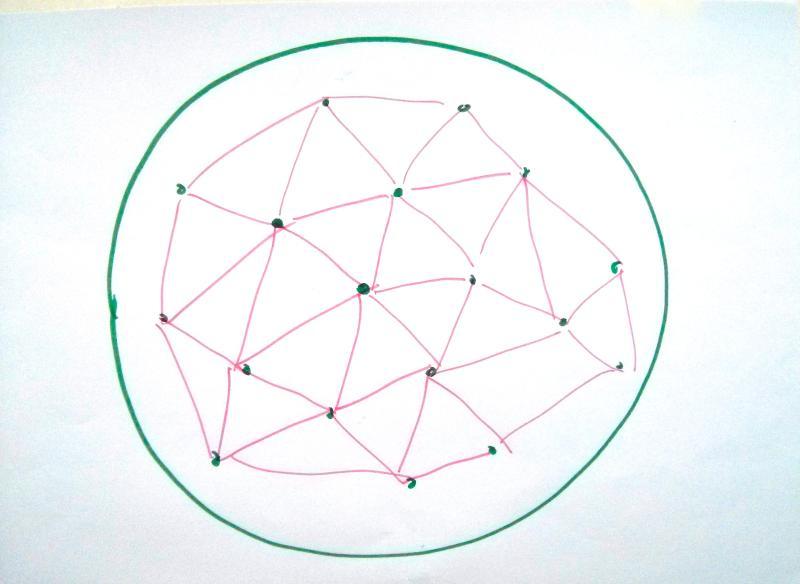This site shares the outcomes of two research projects that Tactical Tech undertook in 2014 and 2015 to document the processes by which human rights defenders learn about and adopt digital security practices.
As technology becomes increasingly fundamental to the work of many human rights defenders, a parallel expansion can be observed in the digital threats they face. Tactical Tech has been working in digital security training for human rights defenders for over a decade. However, this is the first time we have undertaken a more reflective approach, stepping back to document the mechanics of digital security training and the contexts in which human rights defenders encounter it. The two studies shared here represent an initial exploration of this with the intention that the findings will help inform and encourage future applied research projects, the design and testing of new training approaches, models, and curricula, as well as contributing to broader discussion within the digital security training community.
The first study, Digital security in context: Learning how human rights defenders adopt digital security practices, explores how human rights defenders learn in the training room and beyond, as well as what barriers they face in doing so amid shifting socio-political and -technical contexts.
The second study, Digital security trainers' practices and observations, documents trainers perspectives on how human rights defenders' individual and collective needs are met through current models of digital security training.
In addition to the research reports, over the coming months we will publish a selection of short, thematically focused papers drawn from these studies for different audiences, primarily researchers, digital security trainers, security tool developers and individuals organising and managing digital security education and capacity-building programs globally.

This image and the others used on this site were created as part of a training exercise during the Security in Context study. Participants, who were human rights defenders and advocates, were asked to draw how they perceived the internet.
